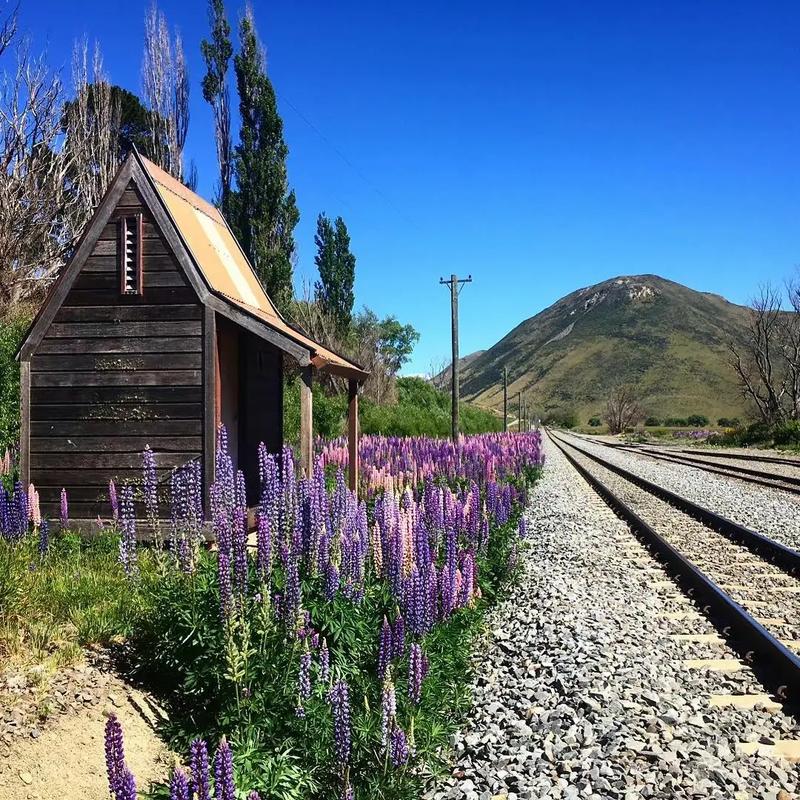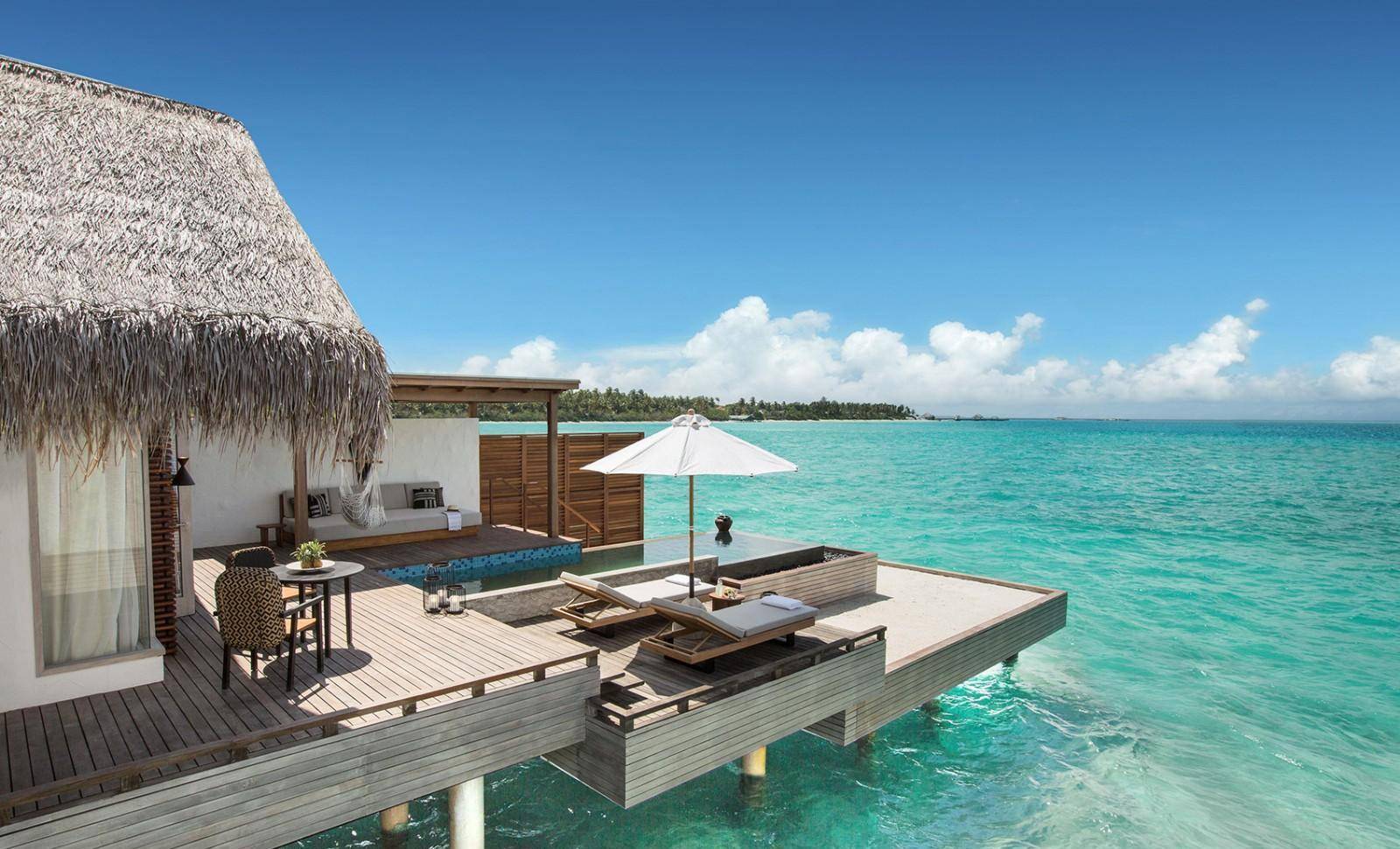Global Travel Information
Skeleton Coast, Namibia
The Enigmatic Skeleton Coast: Namibia’s Forbidden Shore

Stretching along the northern edge of Namibia, where the relentless Atlantic Ocean meets the vast Namib Desert, lies one of the most hauntingly beautiful and inhospitable places on Earth—the Skeleton Coast. This desolate shoreline, named for the countless shipwrecks and whale bones that litter its sands, is a place of eerie silence, shifting dunes, and untamed wilderness. Few places on the planet evoke such a sense of mystery and isolation, where nature’s raw power is on full display.
A Landscape of Extremes
The Skeleton Coast spans approximately 500 kilometers (310 miles) from the Kunene River on the Angolan border to the Swakop River in central Namibia. It is a land of stark contrasts, where towering sand dunes plunge into icy, fog-shrouded waters. The cold Benguela Current, flowing northward from Antarctica, collides with the scorching desert air, creating a near-permanent blanket of dense fog. This fog is both a blessing and a curse—it sustains rare desert-adapted wildlife while disorienting sailors and contributing to the coast’s deadly reputation.
The terrain is a surreal mix of gravel plains, salt pans, and windswept beaches. Inland, the dunes of the Namib Desert rise like golden waves, some reaching heights of over 300 meters (1,000 feet). The coastline itself is littered with the rusted skeletons of ships, some centuries old, their remains half-buried in the sand—a testament to the treacherous waters that have claimed countless vessels.
Shipwrecks and Maritime Legends
The Skeleton Coast has earned its ominous name from the numerous shipwrecks that dot its shores. Portuguese explorers once referred to it as "The Gates of Hell," while the indigenous San people called it "The Land God Made in Anger." The wrecks range from 19th-century whalers to modern fishing trawlers, all victims of the dense fog, unpredictable currents, and jagged underwater reefs.
One of the most famous wrecks is the Eduard Bohlen, a German cargo ship that ran aground in 1909. Today, it lies stranded nearly a kilometer inland, swallowed by the advancing desert—a surreal sight that illustrates the shifting nature of this landscape. Another haunting relic is the Dunedin Star, a British liner that wrecked in 1942, leading to a dramatic rescue mission that claimed more lives than the initial disaster.
These wrecks serve as grim reminders of the coast’s unforgiving nature, yet they also add to its eerie allure. Photographers and adventurers brave the harsh conditions to capture images of these decaying giants, their rusted hulls slowly being reclaimed by the desert.
Life in the Barren Wilderness
Despite its reputation as a wasteland, the Skeleton Coast teems with life—if one knows where to look. The fog provides just enough moisture to sustain a fragile ecosystem. Desert-adapted plants like the !nara melon and lichens cling to life, while insects such as the fog-basking beetle harvest water from the mist.
The coast is also home to an astonishing array of wildlife. Cape fur seals gather in their thousands at colonies like Cape Cross, one of the largest in the world. Brown hyenas patrol the beaches, scavenging for carcasses, while desert-adapted elephants traverse the dry riverbeds in search of water. Jackals, oryx, and even lions have been spotted in this unforgiving terrain, proving that life thrives even in the harshest conditions.
Offshore, the cold Benguela Current supports a rich marine ecosystem. Dolphins, whales, and sharks patrol the waters, while the nutrient-rich upwellings attract vast schools of fish. For those willing to brave the cold, kayaking alongside seals or fishing in these waters is an unforgettable experience.
The Human Connection
The Skeleton Coast has long been a place of myth and legend. The indigenous Himba people, semi-nomadic pastoralists, have lived in the region for centuries, adapting to its harsh conditions. Their deep spiritual connection to the land is reflected in their traditions and reverence for nature.
European explorers and prospectors, lured by tales of diamonds and mineral wealth, also left their mark. The ghost town of Kolmanskop, though technically south of the Skeleton Coast, is a remnant of Namibia’s diamond rush—a once-thriving settlement now buried under sand.
Today, the Skeleton Coast is protected as part of the Skeleton Coast National Park, one of the most remote and least-visited parks in Africa. Access is restricted, preserving its untouched beauty. A handful of luxury lodges offer intrepid travelers the chance to experience this wilderness in relative comfort, with guided tours revealing the coast’s secrets—from hidden waterfalls to ancient rock engravings left by early inhabitants.
A Journey into the Unknown
Visiting the Skeleton Coast is not for the faint of heart. The terrain is harsh, the climate unforgiving, and the isolation absolute. Yet for those who venture here, the rewards are unparalleled. There is a profound sense of solitude, of standing at the edge of the world where land and sea wage an eternal battle.
The silence is overwhelming—broken only by the cry of a seabird or the whisper of the wind over the dunes. The light is surreal, casting long shadows over the shipwrecks and painting the dunes in hues of gold and crimson at sunrise. It is a place that lingers in the soul, a reminder of nature’s power and resilience.
In the end, the Skeleton Coast is more than just a graveyard for ships. It is a living, breathing wilderness, a place of stark beauty and hidden life. To walk its shores is to step into a world untouched by time—a world that demands respect and offers wonder in equal measure.
For those who dare, the Skeleton Coast awaits.
相关文章
- Elbe River Archaeological Sites: Ancient Finds Near the Water
- Elbe River Botanical Gardens: Flowers & Plants Along the Banks
- Elbe River Zoos & Aquariums: Family Fun Near the River
- Elbe River Amusement Parks: Rides with River Views
- Elbe River Camping Spots: Pitch a Tent by the Water
- Elbe River Glamping Sites: Luxury Camping Along the Banks
- Elbe River RV Parks: Stay in Your Camper Near the River
- Elbe River B&Bs: Cozy Accommodations with a Personal Touch
- Elbe River Hostels: Budget Stays for Young Travelers
- Elbe River Business Travel Guide: Meetings & Events Near the Water
发表评论
评论列表
- 这篇文章还没有收到评论,赶紧来抢沙发吧~


